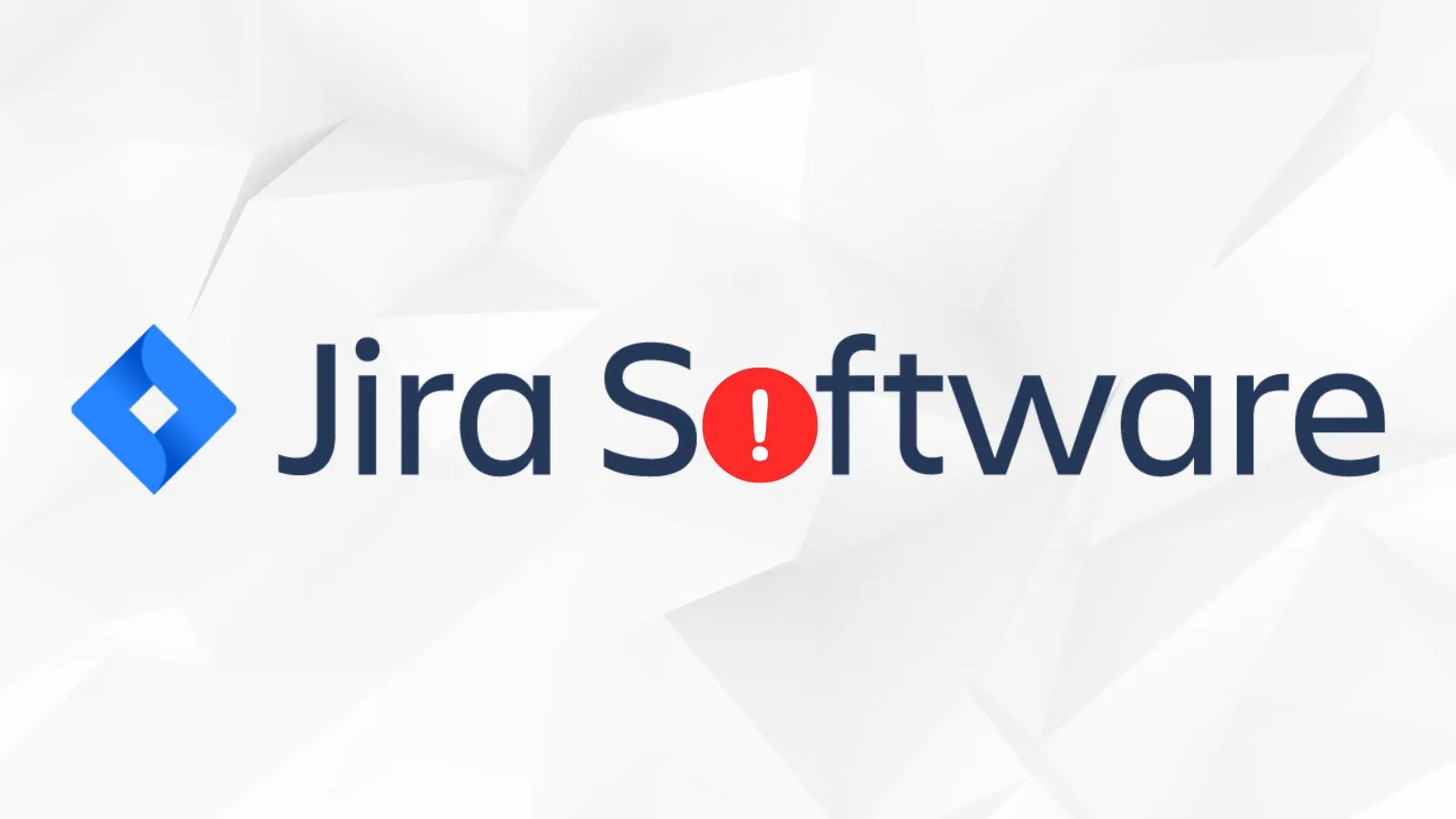
Jira Software Vulnerability Let Attacker Modify Any Filesystem Path Writable By JVM process
A critical security disclosure from Atlassian has sent ripples through the IT security community, revealing a high-severity path traversal vulnerability impacting Jira Software Data Center and Server. This flaw, tracked as CVE-2025-22167, allows authenticated attackers to significantly compromise affected systems by modifying arbitrary files on the server. Understanding the implications and implementing timely remediation is paramount for organizations relying on Jira for their project management and development workflows.
Unpacking CVE-2025-22167: The Jira Path Traversal Vulnerability
Atlassian, a key player in development and collaboration software, has officially acknowledged a significant security vulnerability within its Jira Software Data Center and Server products. This flaw, internally discovered and assigned the identifier CVE-2025-22167, poses a substantial risk with a CVSS score of 8.7, categorizing it as high severity.
At its core, this vulnerability is a path traversal flaw. In simple terms, a path traversal vulnerability allows an attacker to access files and directories stored outside the intended root directory. In the case of Jira Software, an authenticated attacker can leverage this weakness to write files to virtually any location accessible by the Java Virtual Machine (JVM) process that runs Jira. This capability to arbitrarily write files can lead to a multitude of severe consequences, from injecting malicious code to altering critical system configurations.
Impact and Potential Exploitation Scenarios
The ability for an authenticated attacker to write files to any filesystem path writable by the JVM process is a severe concern. Consider these potential exploitation scenarios:
- Web Shell Upload: An attacker could upload a web shell to a publicly accessible directory, gaining remote code execution capabilities on the underlying server.
- Configuration File Modification: Critical Jira or system configuration files could be altered, leading to Denial of Service (DoS), privilege escalation, or further system compromise.
- Data Tampering: While not directly data exfiltration, the ability to modify arbitrary files could lead to the manipulation or corruption of stored data.
- Malware Installation: Attackers could deploy malicious payloads or backdoors, establishing persistence within the compromised environment.
The fact that only authenticated attackers can exploit this vulnerability offers a degree of protection, but it emphasizes the importance of robust user authentication and access control within Jira deployments. Accounts with even low-level privileges could be leveraged to initiate an attack.
Affected Jira Software Versions
Organizations running specific versions of Jira Software Data Center and Server are vulnerable to CVE-2025-22167. The affected range includes:
- All versions from 9.12.0 through 11.0.1.
It is crucial for administrators to immediately identify their current Jira Software version to determine their exposure risk.
Remediation Actions
Given the high severity of CVE-2025-22167, immediate action is required. Atlassian typically provides patches or workarounds for such vulnerabilities. The primary remediation steps include:
- Upgrade to Patched Versions: The most effective solution is to upgrade your Jira Software Data Center or Server instance to a version where this vulnerability has been fixed. Atlassian’s official advisories will detail the specific patched versions. Always refer to the official Atlassian security advisories for the most accurate update paths.
- Apply Workarounds (If Available): In situations where immediate upgrade is not feasible, Atlassian may release temporary workarounds. These should be implemented as a stop-gap measure and not as a permanent solution.
- Review Access Controls: Strengthen user authentication and authorization policies within Jira. Ensure that only trusted users have access to the system, and principle of least privilege is strictly enforced.
- Monitor Logs: Implement enhanced logging and monitoring for anomalous activities within your Jira instance and the underlying server. Look for unusual file creation, modification, or access attempts.
- Regular Backups: Maintain regular and secure backups of your Jira data and configurations to facilitate rapid recovery in the event of a successful exploitation.
Detection and Mitigation Tools
Leveraging appropriate tools can aid in the detection of vulnerabilities and the mitigation of risks. While direct CVE-specific detection tools might not be instantly available, general security practices apply:
| Tool Name | Purpose | Link |
|---|---|---|
| Vulnerability Scanners (e.g., Nessus, OpenVAS) | Identifies known vulnerabilities in installed software and operating systems. Periodically scan your Jira server. | Tenable Nessus / OpenVAS |
| Web Application Firewalls (WAFs) | Helps protect web applications from common attacks like path traversal by filtering and monitoring HTTP traffic. | Many commercial/open-source options (e.g., ModSecurity) |
| Endpoint Detection and Response (EDR) Solutions | Monitors server activity for suspicious processes, file modifications, and network connections that could indicate compromise. | Various vendors (e.g., CrowdStrike, SentinelOne) |
| File Integrity Monitoring (FIM) | Detects unauthorized changes to critical system and application files, including those central to Jira. | Many security platforms include FIM functionality |
Conclusion
The discovery of CVE-2025-22167 underscores the ongoing need for vigilance in cybersecurity, particularly concerning widely used enterprise software. A path traversal vulnerability allowing arbitrary file writes is a serious risk that could lead to significant system compromise. Organizations utilizing Jira Software Data Center and Server must prioritize reviewing their current versions, implementing recommended patches and workarounds, and reinforcing their overall security posture. Proactive management of software vulnerabilities is not merely a best practice; it is an essential component of maintaining operational security and integrity.





